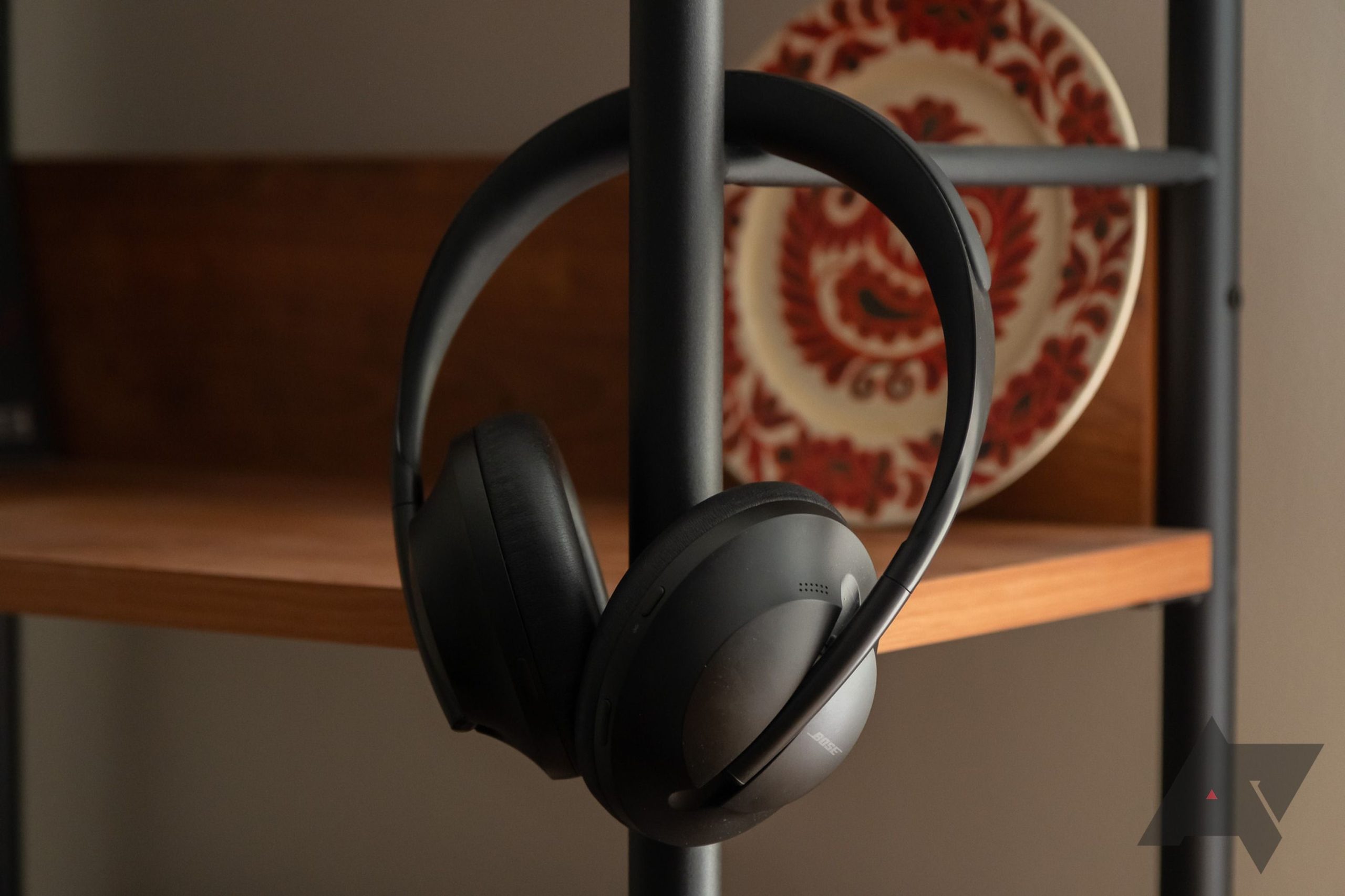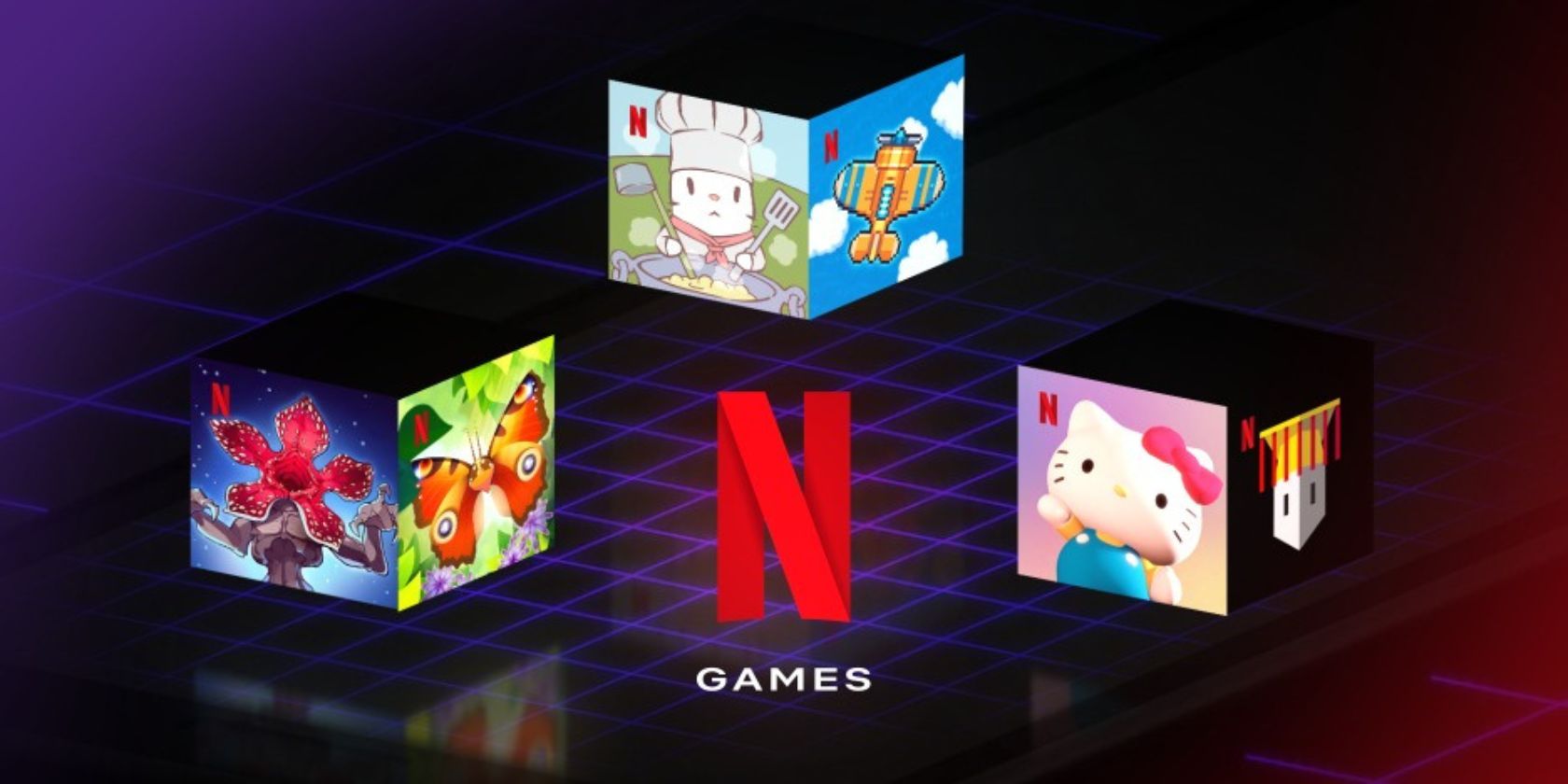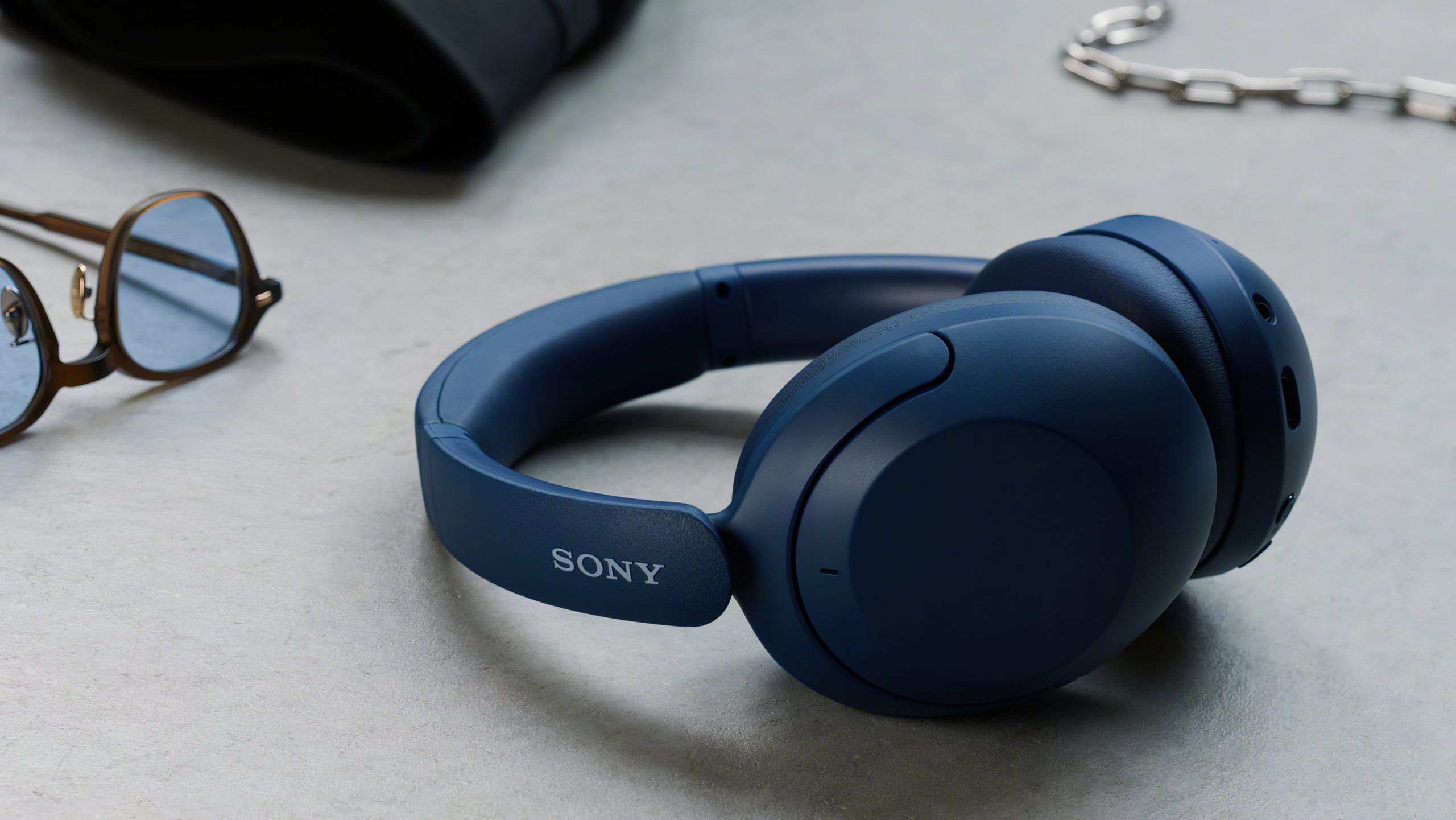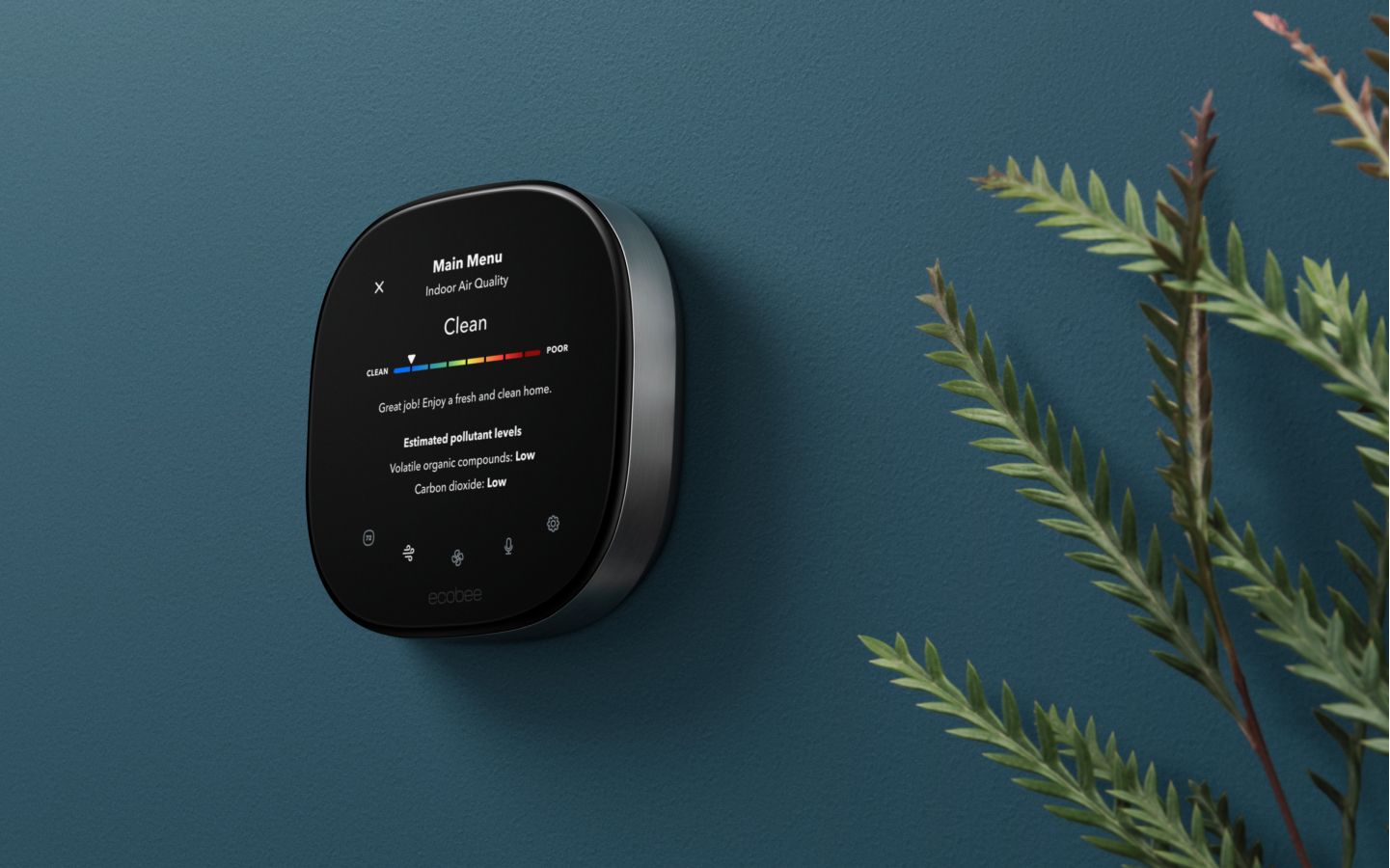Just a few years ago, Apple shook up the cell market by shipping its newest iPhones and iPads with a lidar sensor. To this point, they’re tranquil the true avid gamers in the sport to non-public this characteristic available on their phones. Nonetheless, the technology has a long pedigree, and plenty of standard phones have aspects based completely on the an identical ideas. So what is lidar, and what can you discontinuance with it?
What’s lidar?
Lidar is an acronym for LIght Detection And Ranging and works on the an identical ideas as radar. In both methods, an electromagnetic wave (laser light for lidar and radio waves for radar) is emitted from a transmitter, and a sensor listens for (detects) any reflections of the wave if it hits an object. The distance (vary) between the reflecting object and the provision of the wave can also additionally be clear based completely on the time between transmission and reception.
n “” files-modal-id=”single-image-modal” files-modal-container-id=”single-image-modal-container” files-img-caption=”null”>
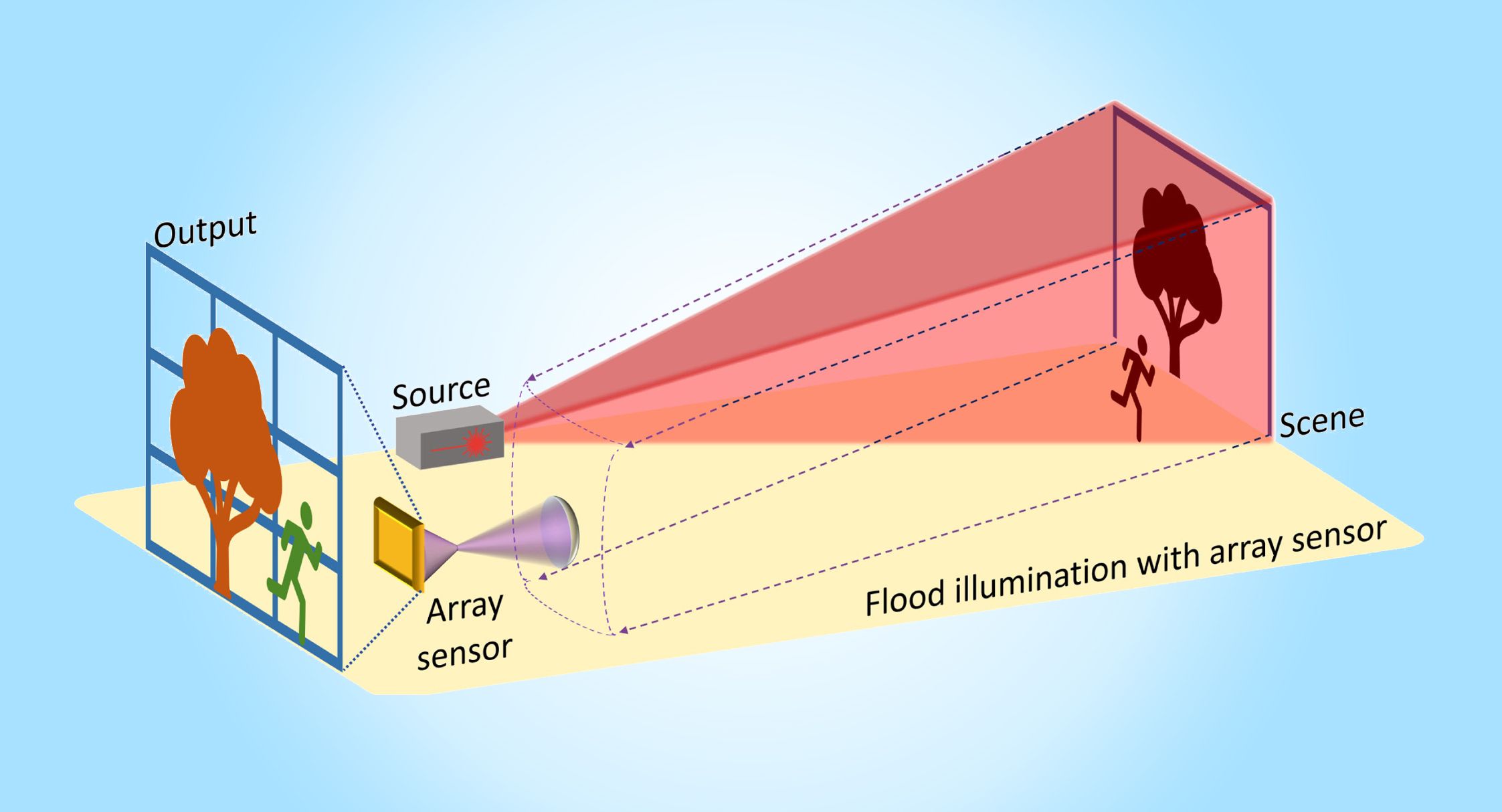
The first lidar methods emerged quickly after the invention of the laser in the early 1960s. By the 1970s, NASA used to be the exhaust of lidar to measure the moon’s topography. Right away time, all americans uses lidar, from archaeologists discovering lost cities in the jungle to self-utilizing carmakers guaranteeing their automobiles can sense objects in front of them.
Oh, and or no longer it is also on the most recent iPhone Pro.
Telephones with laser beams
Telephones with lasers in them started exhibiting up with LG’s G3 in 2014 after they had been old as time-of-flight sensors to lend a hand with autofocusing. This is if truth be told essentially the most well-liked exhaust of lidar, the receive one infrared laser is emitted to gauge the distance to the discipline of the sigh. That files is then old to modify the digital camera’s focal point mechanically.
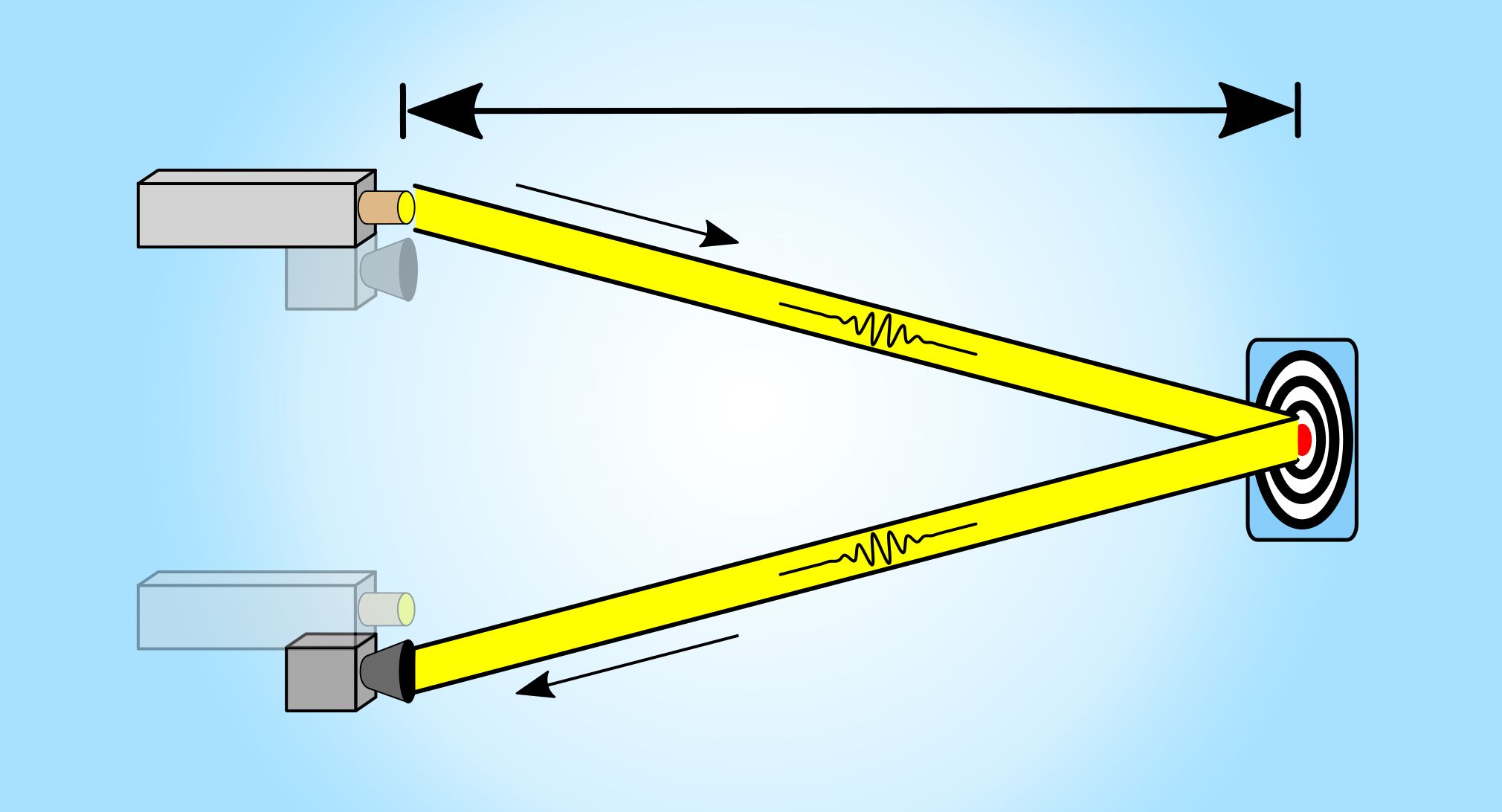
Source: Wikimedia Commons/RCraig09 CC BY-SA 4.0
Three years later, Apple launched the iPhone X, which had the TrueDepth digital camera system to allow its modern Face ID functionality. Although the exhaust of facial recognition to liberate a cell phone wasn’t pioneered by Apple (that honor would possibly well per chance have to tranquil bolt to Android 4.0 motivate in 2011), its TrueDepth system completely changed the sport. Whereas Android’s first strive at the tech used to be notoriously unsecure, such that one can also exhaust a sigh to liberate a cell phone, Apple’s foray into the field used to be remarkably sturdy. It would possibly most likely well also distinguish between twins whereas tranquil allowing for sunglasses and hats.
How did they secure this technological marvel? Lasers. The TrueDepth system bombards the face with a patterned array of 30,000 infrared lasers, which are sensed by an infrared digital camera and analyzed by AI tool to make a detailed 3D scan of your face in seconds. It differs from a time-of-flight sensor because it would no longer measure the time it takes for the laser light to advance to the digital camera. It measures how the sample of lasers (structured light) is deformed by objects in the scene and infers 3D files based completely on that files.
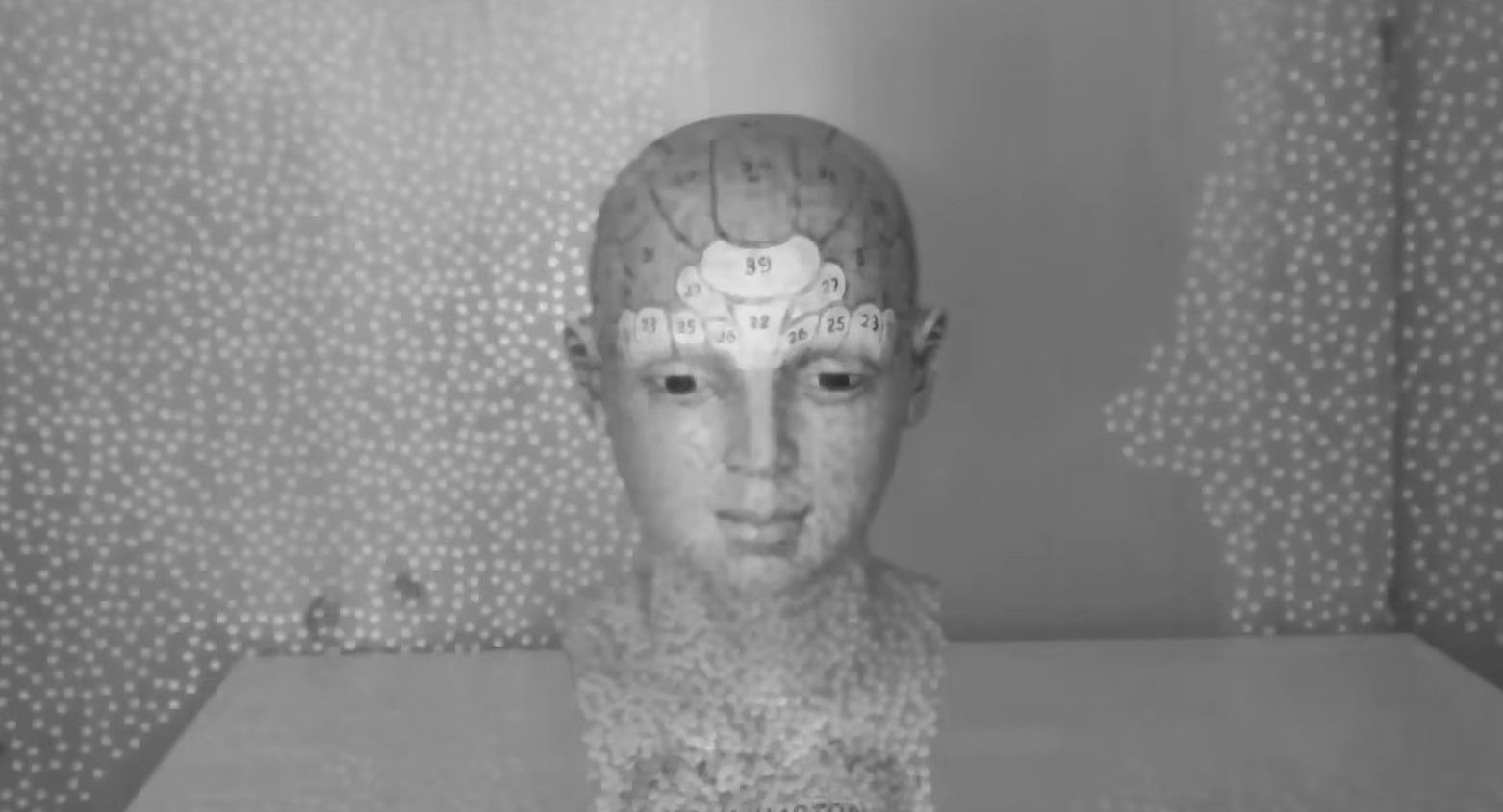
In 2020, three years after dropping the TrueDepth bomb on the market, Apple launched its lidar system. Fancy its TrueDepth system, it emits an array of dozens of lasers (again, in a known sample), but in location of measuring how the sunshine deforms, a in actuality ultimate sensor measures how long each beam takes to reflect to the sensor. These time-of-flight measurements are blended with files from the cell phone’s motion sensor and digital camera to make a 3D scan.
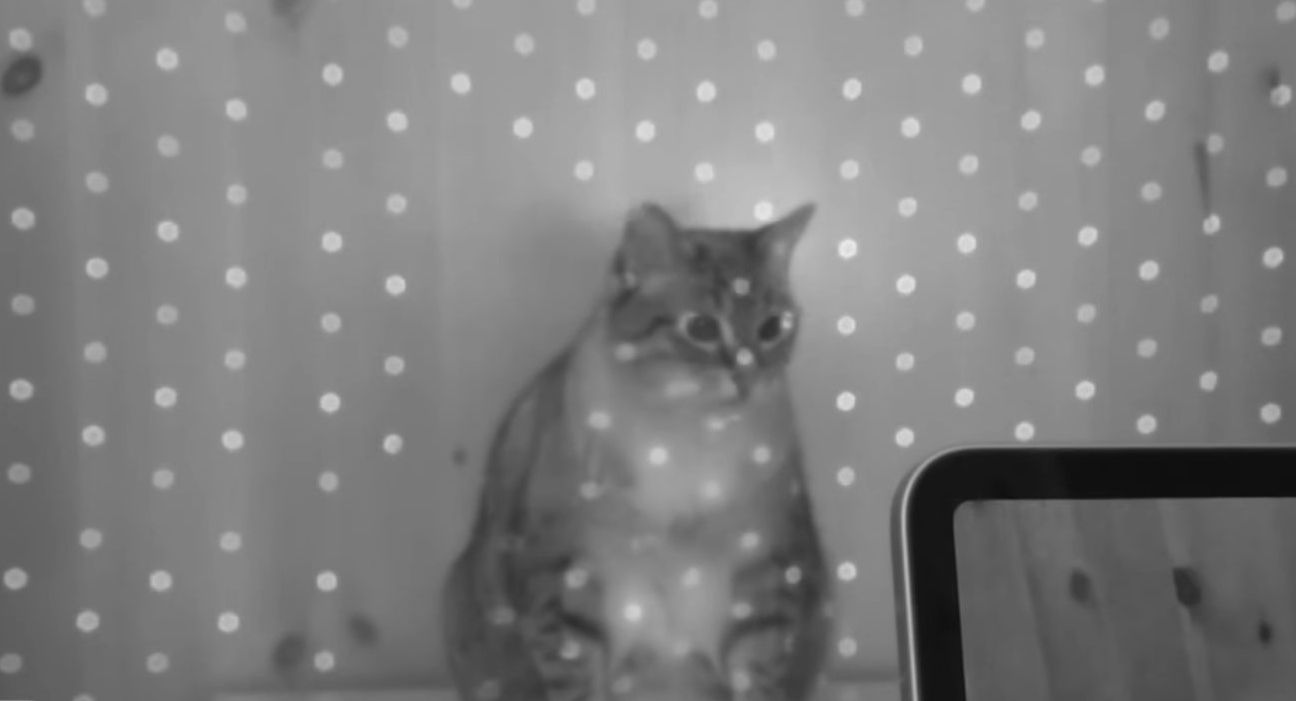
Lidar, what is it beautiful for?
Apple’s lidar technology is frigid, but what can you discontinuance with it? A lot, as it turns out, nevertheless or no longer it is simply a tiny arena of interest, and no longer undoubtedly one of the fundamental exhaust cases are the kinds of issues that will alternate the manner most of us interact with our phones. Extra importantly (especially for manufacturers), or no longer it is no longer going to persuade our resolution-making route of when browsing for a brand unique cell phone.
The most mundane exhaust of Apple’s lidar system is as a straightforward time-of-flight sensor to slouch up the autofocus on its rear-going by cameras. Most cell phone cameras from the previous few years exhaust both inequity-based completely or segment-detection autofocus to preserve their photos spirited, but these tactics rely on having sufficient light to work. Time-of-flight sensors construct no longer have that limitation, so phones with these sensors have an edge in low-light pictures.
Apple also makes exhaust of its lidar in a pair of first-social gathering apps. The Measure app uses lidar files, augmented actuality, and straight forward trigonometry to present beautiful measurements of folks and objects.
It also has a Detection Mode in its Magnifier app that uses AI and lidar to lend a hand folks with imaginative and prescient impairments detect the presence of doorways or folks and how far-off they’re.
Most third-social gathering apps that exhaust Apple’s lidar tumble into undoubtedly one of three classes: internal design, 3D scanning, and augmented actuality games. Ikea Plight is the most recent king of internal design apps. It uses augmented actuality to allow you to visualize how Ikea products will peep in situ, taking grand of the guesswork out of intelligent if that rug will tie the room together. For these that are more drawn to taking measurements of your internal location, opt for Canvas, which scans a room and enables you to export the ideas into CAD tool.
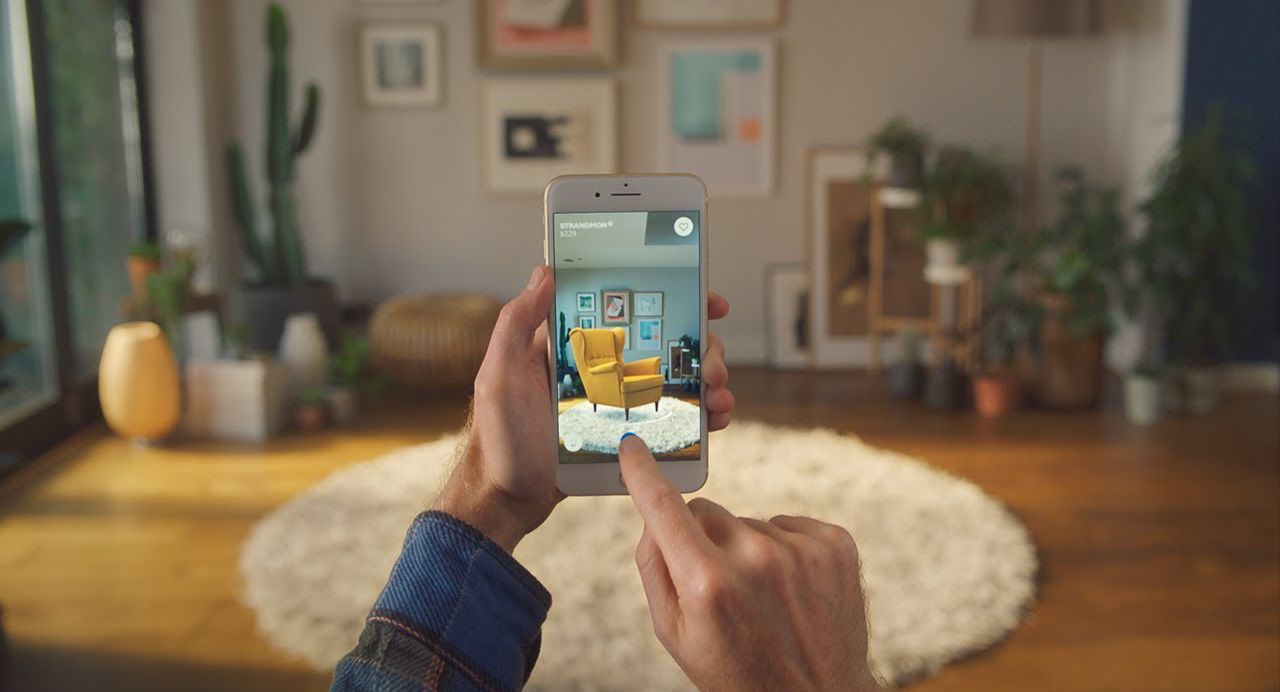
Source: YouTube/Ikea
For 3D printing enthusiasts and game makers making an strive to get 3D models, there’s Scaniverse and Polycam. By scanning an object from more than one angles, that you just can invent a 3D mannequin that can also merely be exported to usual design tool. Which one to desire comes correct down to non-public preference and the scale of your pockets since Scaniverse is free, and although Polycam has a free tier, a number of of its aspects are locked at the motivate of a subscription.
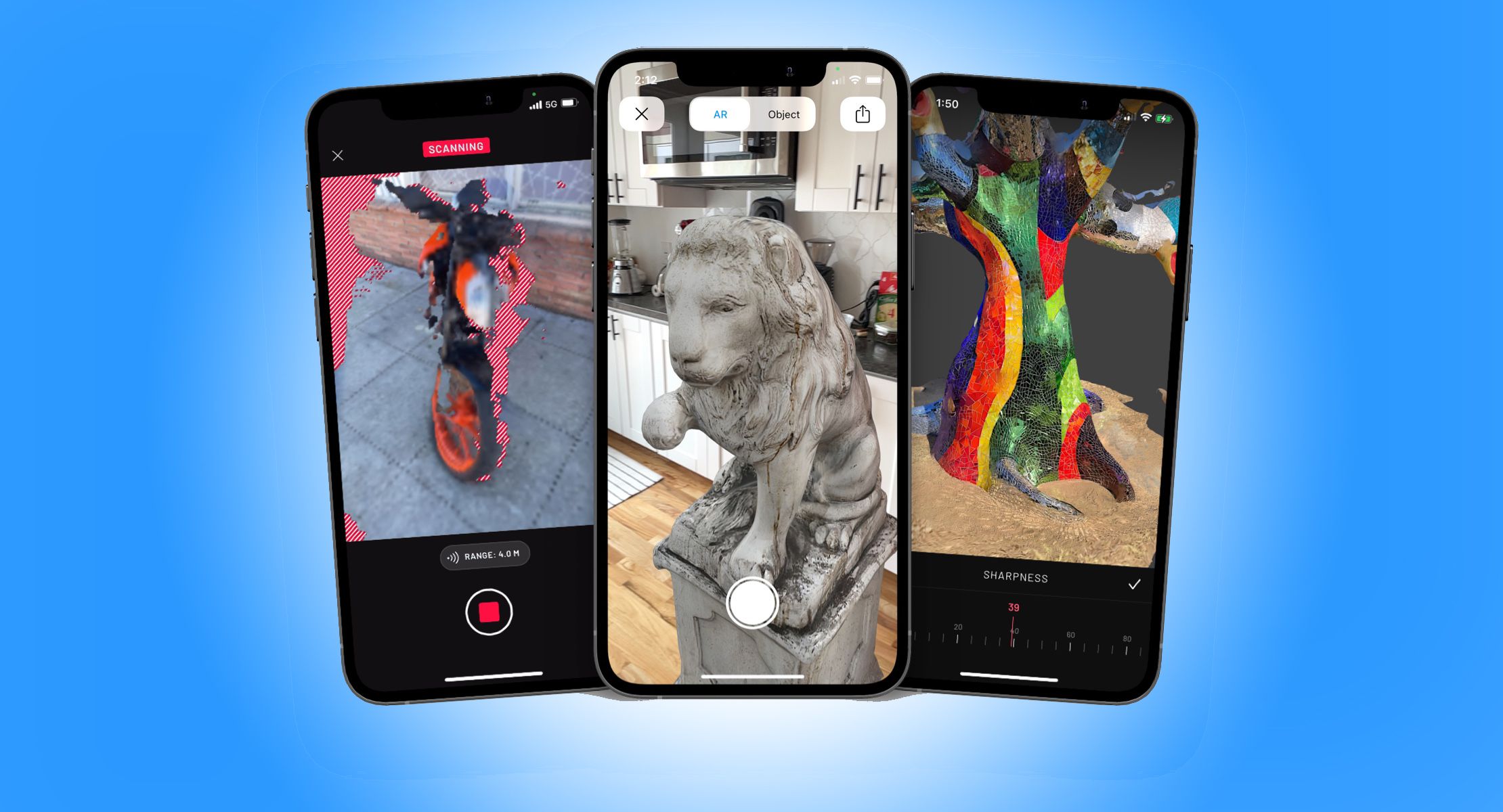
Source: Scaniverse.com
For these that’d rather exhaust the most recent technology to play games, you are in success. One in all the true lidar-activated games on the App Store is RC Club, which skill that that you just can force a digital RC automobile around your living room. The lidar scanner manner you will smash into partitions and force over obstacles. Your digital RC automobile even responds to the skin or no longer it is utilizing on, slowing down when it hits a patch of carpet.
The receive to secure lidar
Apple’s lidar system is finest available on the iPhone Pro and iPad gadgets launched since 2020, so it would no longer have a huge distribution. Nothing equal exists on Android phones, and standalone methods price hundreds of bucks. Although this exclusivity is a clear rep for Apple, it would possibly perhaps perhaps well per chance also injure tool-based completely innovation and preserve lidar from expanding out of the arena of interest location it currently occupies. On the diversified hand, the work Apple has done to miniaturize these methods and non-public them sturdy sufficient to be carried around to your pocket manner that it would possibly perhaps perhaps in point of fact also merely no longer be long sooner than lidar methods are in each unique cell phone.


